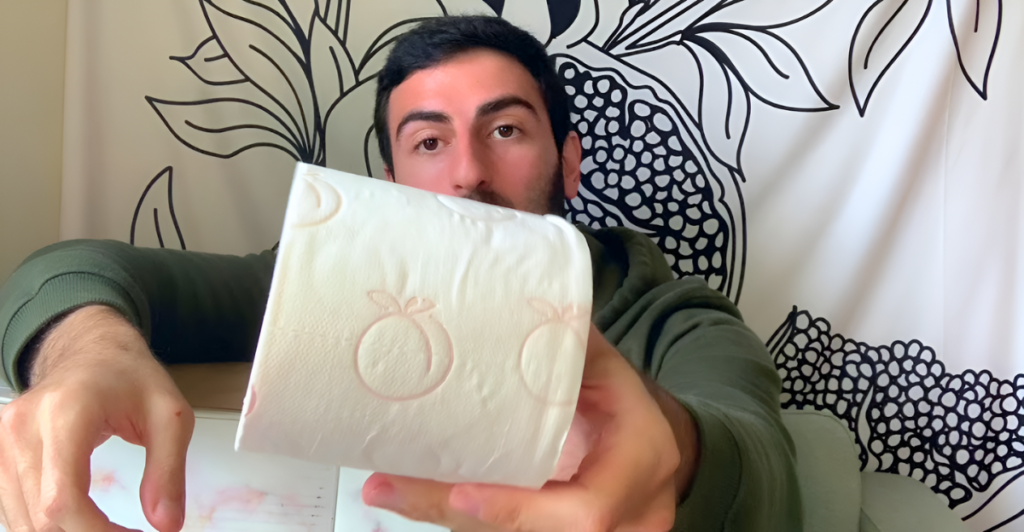
Things that once felt normal, weekly grocery runs, buying new clothes, booking a quick holiday, now carry a premium price tag. What used to be part of a middle-class lifestyle has quietly shifted into the territory of the wealthy.
It’s not that people suddenly want less. It’s that the cost of “standard” living has risen so fast that the bar for what’s affordable keeps climbing out of reach. You don’t need a yacht to feel poor anymore, sometimes, you just need to buy avocados.
Let’s break down nine things that were once basic comforts and are now unofficial status symbols of the rich.
1. Fresh, Local, Organic Groceries
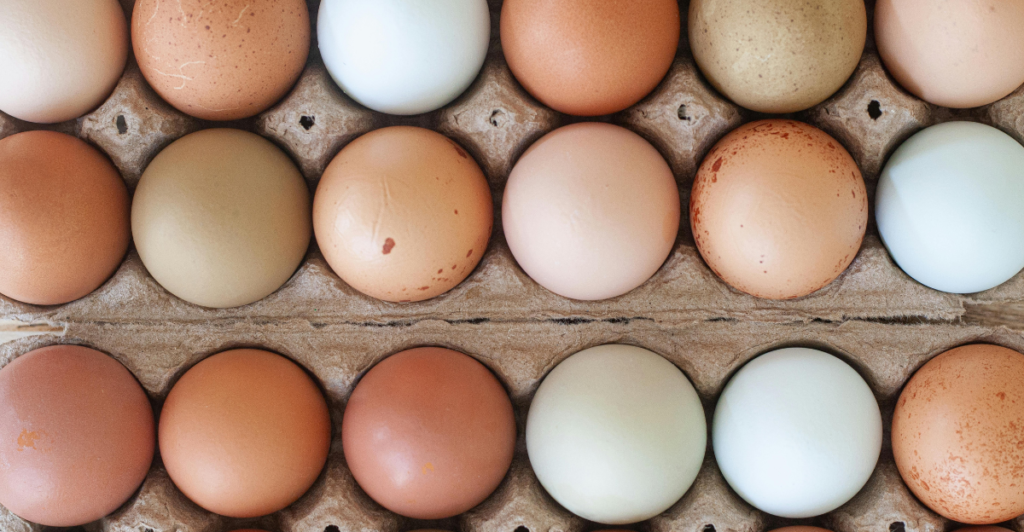
Once a mark of healthy living, a cart full of organic kale, farm-raised eggs, and local honey is now basically a flex. High-quality, chemical-free produce used to be attainable now it’s tucked into the corners of boutique stores with boutique pricing.
Those who can afford to shop without checking price tags enjoy access to better food and better health. Meanwhile, many households are forced to choose between shelf life and savings.
The result? A fresh fruit bowl is no longer just a lifestyle choice, it’s a visual marker of privilege that shows up in both your fridge and your feed.
2. Buying a New Car Every Few Years
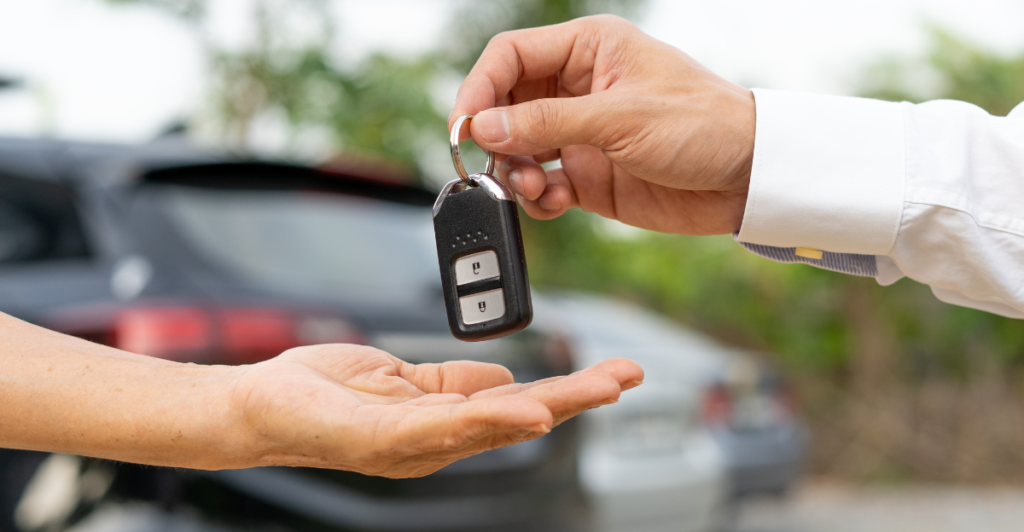
There was a time when upgrading your car every three to five years was a normal part of adulthood, now it’s a rich person’s sport. Most people are squeezing every last kilometer out of their cars, praying the “check engine” light is just bluffing.
The average lifespan of a car on the road has hit an all-time high as financing gets tougher and new models become unaffordable. Even leasing, once seen as a mid-tier option, is climbing out of reach.
If you’re on your third set of tires and still calling it “new,” you’re not alone. Buying new is now a luxury badge.
3. High-End Grocery Stores

Stepping into Whole Foods, Erewhon, or similar upscale grocers doesn’t feel like shopping, it feels like entering an exclusive lounge. The aesthetic, the lighting, the curated playlist? All part of the premium experience.
But so are the prices. Everyday items like oat milk, specialty bread, or plant-based snacks now cost triple their generic counterparts. Wealthy shoppers don’t notice. Everyone else builds a cart, gets to checkout, and quietly cries inside.
A weekly visit to one of these stores used to mean you cared about quality. Now it screams: “I have money to burn.” And it shows on receipts and social media alike.
4. Personalized Wellness and Fitness

Fitness used to mean a gym membership or a jog around the block. Now? It’s private Pilates, infrared saunas, green juice subscriptions, and sessions with a wellness coach named Sage. If that’s not in your budget, you’re doing it “wrong.”
For the rich, health isn’t just maintenance, it’s optimization. Their routines are stacked with personalized supplements, biofeedback devices, and custom treatments that sound more sci-fi than self-care.
Meanwhile, the rest of us are reusing yoga mats and hoping our YouTube instructor doesn’t start charging. The wellness world may preach balance, but it’s mostly weighted toward the rich.
5. Disposable Fashion
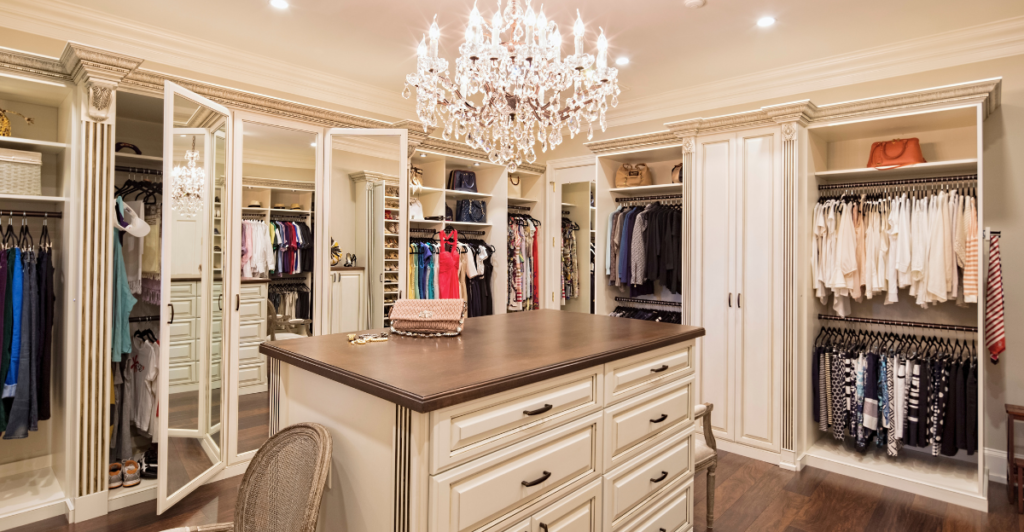
Wearing something once and never again isn’t just influencer behavior, it’s the way the ultra-wealthy consume. Outfits for every event, every mood, and every possible photo opportunity? Standard practice.
The rest of us are remixing our closets like stylists, getting creative with repetition, resale apps, and hand-me-downs. Even fast fashion, once a workaround, has gotten more expensive, and far less durable.
Fashion is supposed to be expressive. But in 2025, it’s also a class signal. If your clothes change weekly without any budget stress, you’re not just trendy, you’re probably tax bracketed accordingly.
6. Leisure Travel (That’s Not on Credit)
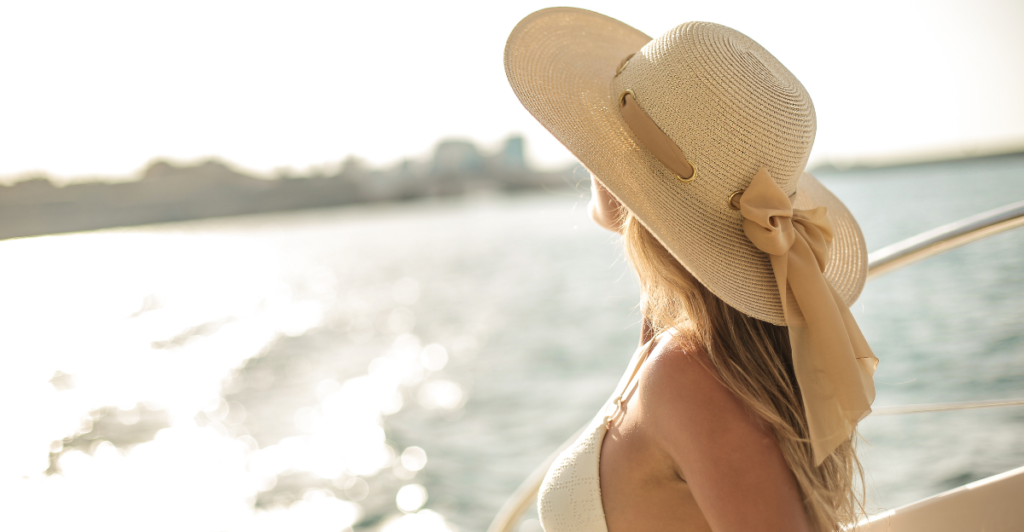
Vacations used to be saved up for, but still felt attainable, now they feel like fantasy. Flying business class, staying in a hotel with actual pillows that aren’t shaped like bricks, or visiting somewhere quiet and serene? Pure luxury.
Many are settling for staycations or skipping time off altogether, because travel doesn’t just cost money, it costs time, planning, and mental bandwidth. For the rich, that’s never an issue.
The next time someone casually says they’re “just heading to Bali for a reset,” remember: they’re not just on vacation. They’re enjoying a level of freedom you may not realize you’ve lost.
7. Smart Homes and Seamless Living

Smart thermostats, voice-controlled lighting, fridges that restock themselves; all of it sounds futuristic. But in 2025, it’s just the lifestyle of people who can afford to pay extra for ease.
Automation doesn’t come cheap. Each smart device, subscription, and installation adds up. For many households, setting a timer manually or remembering the shopping list the old-fashioned way is more budget-friendly than joining the “connected” revolution.
Luxury now means minimizing mental load. If your house knows your preferences better than your partner does, congratulations, you’ve got the tech (and the budget) most people can’t touch.
8. Free Time That’s Actually Free
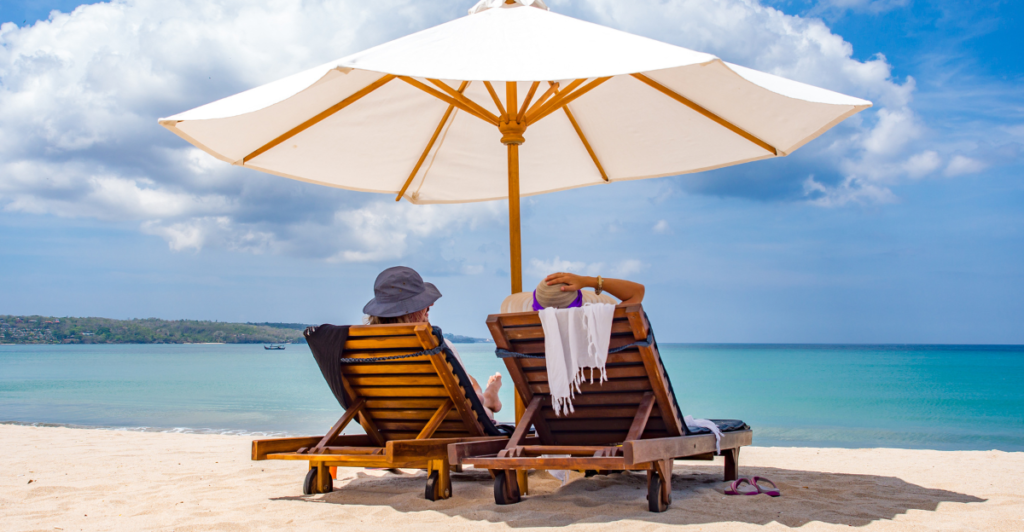
Time used to be the great equalizer, but now it’s just another way to divide rich from poor. When you can outsource everything from cleaning to grocery runs to planning your child’s birthday, you create space. That space? It’s what the wealthy fill with hobbies, travel, rest.
For everyone else, free time is just unpaid labor. It’s chores, side gigs, or recovery from your first job before heading to your second. True leisure, the kind without guilt or anxiety, has become rare.
The ability to do nothing, and still feel secure? That might be the most valuable rich-person perk of all.
When Normal Becomes Out of Reach

These aren’t private jets or diamond-studded yachts. They’re things we used to consider normal: good food, rest, time, convenience. That they now feel out of reach says less about extravagance and more about erosion.
As the middle class shrinks and wealth pools at the top, everyday life is being reshaped around affordability lines. You don’t need to be poor to feel the squeeze, you just need to live.
Understanding what’s changed is the first step toward changing it back. Until then, we’ll be over here, budgeting for blueberries and romanticizing time off like it’s a Paris vacation.
Discover more DIY hacks and style inspo- Follow us to keep the glow-up coming to your feed!

Love content like this? Tap Follow at the top of the page to stay in the loop with the latest beauty trends, DIY tips, and style inspo. Don’t forget to share your thoughts in the comments — we love hearing from you!